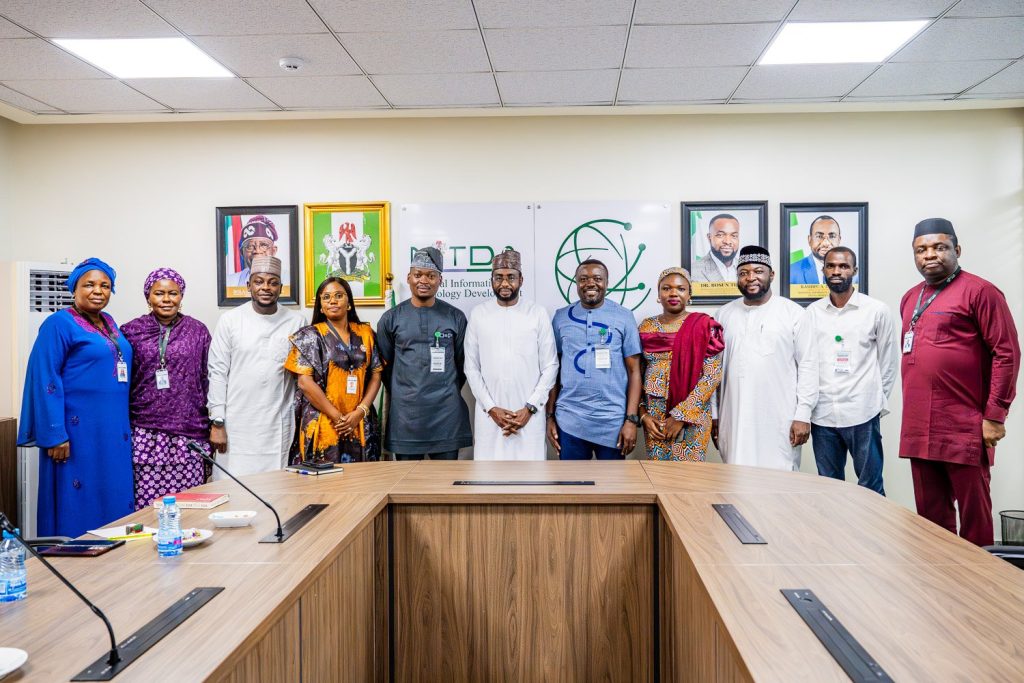
Google has expanded its translation service, Google Translate, adding support for 110 new languages. This update marks the platform’s largest expansion to date, enhancing its ability to serve nearly a tenth of the world’s population. Among the newly supported languages are Afar, Cantonese, Tamazight (Amazigh), Awadhi, Marwadi, Manx, Nko, Punjabi (Shahmukhi), Seychellois Creole, Mauritian Creole, and Tok Pisin.
This expansion is driven by advancements in Google’s PaLM 2 AI language model, which has improved the platform’s ability to learn closely related languages. This is particularly evident in the support for languages like Awadhi and Marwadi, closely related to Hindi, and the French creoles such as Seychellois Creole and Mauritian Creole. Despite the complexity due to its overlap with Mandarin in writing, Cantonese, a highly requested language, has also been added.
With the inclusion of these new languages, Google Translate now supports a total of 243 languages. The new additions represent over 614 million people, with a significant portion coming from Africa, marking the largest inclusion of African languages in the service’s history. This development is not only a step towards preserving languages with few active speakers but also towards adapting to regional dialects and spelling conventions. For example, the Romani language is represented by Southern Vlax Romani, while also incorporating elements from other dialects like Northern Vlax and Balkan Romani.
This initiative is part of Google’s 1,000 Languages Initiative, announced in 2022, aiming to build AI models to support the 1,000 most spoken languages worldwide. Last year, Google Translate added 24 new languages using Zero-Shot Machine Translation, a technique that enables translation into a new language without prior examples.
Google’s integration of AI to enhance its services extends beyond Translate to platforms like Gmail, Search, and Messages. Meanwhile, competitors such as Apple and Microsoft are also leveraging AI to enhance their product offerings, with Apple recently announcing new AI-driven features for the iPhone.
Users can access the new languages on Google Translate’s website and through its mobile apps on Android and iOS, reflecting Google’s commitment to breaking down language barriers and fostering global communication.


